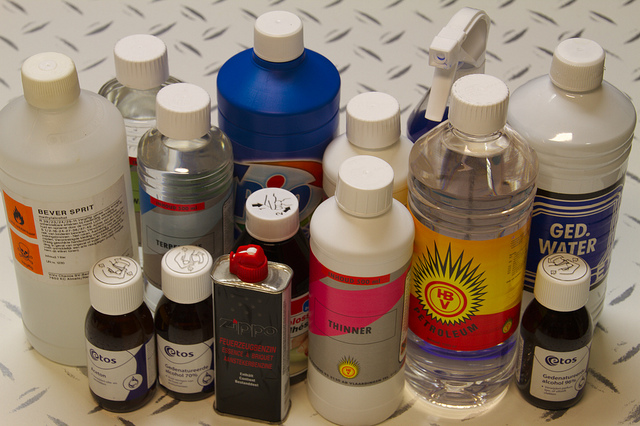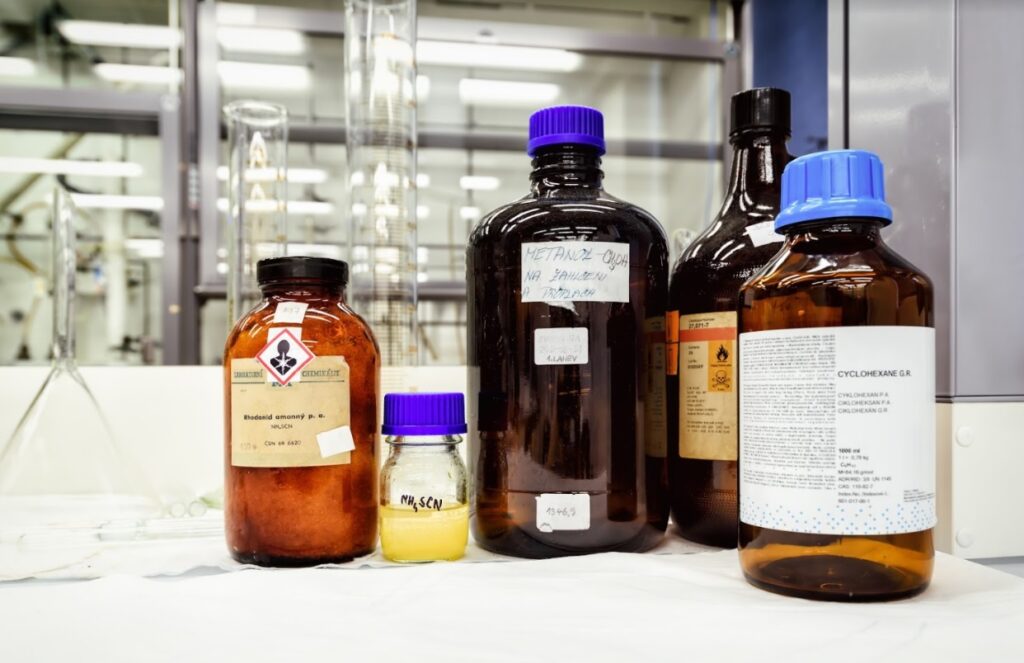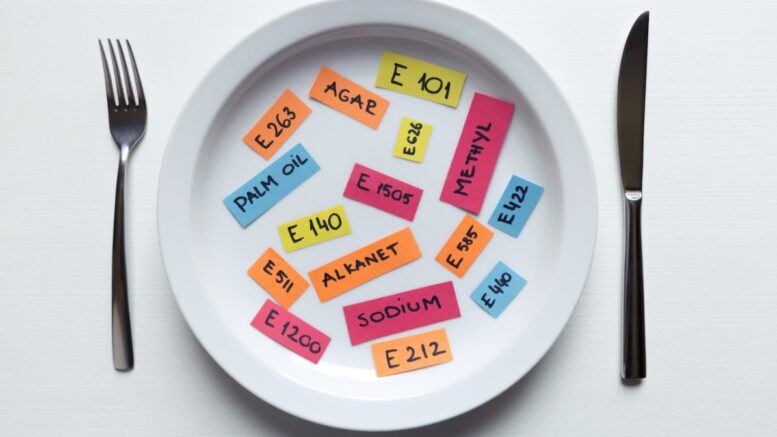Chemicals are present all around us. While most are not harmful or toxic to the body, some of them would have adverse effects if taken in large amounts. Being aware of harmful chemical elements can help you make better health choices in the future. Arming yourself with the proper knowledge can help you protect your family from harmful chemicals that comes from various sources.
If you’re unsure of where to start and what to look for, you can start by going through this list of four ways we’re unknowingly ingesting chemicals:
Breathing
One of the most common ways we’re unknowingly ingesting harmful chemicals is by breathing. If you want to know how toxic metals and chemicals cause damage to the environment, just keep reading.
Another common way we unknowingly expose ourselves to various chemicals is through household chemicals and cleaning supplies. Many products contain dangerous chemicals such as ammonia and bleach. They can contain volatile organic compounds (VOC), these are compounds with high vapor pressure and low water solubility.
As such, these products can cause many symptoms and can affect your health. Namely, they can cause headaches, allergic reactions, worsening asthma, and other chronic respiratory problems.
Some cleaning supplies and household products we should be wary of include:
- Aerosol Spray Products
- Air Fresheners
- Dry Cleaning Chemicals
- Furniture and Floor Polish
Remember, you should never mix bleach products with a cleaner that contains ammonia. When combined, these chemicals create gasses that can cause severe breathing problems that may lead to death.

Drinking
While clean water has many health benefits, it’s not exempted from contamination. Water can still carry various microbes and bacteria. While the water supply system is treated against various microbes and pollutants, it can still contain the following harmful chemicals:
By-Products of Disinfectants
Chlorine and Bromine are used to kill various waterborne germs. Still, these disinfectants can also react with other chemicals present in water to create something like chloroform that is toxic to the liver, kidney, and brain.
Industrial Chemicals
Many companies use pesticides, herbicides, and other chemicals used in agriculture and chemicals such as PFCs (perfluorinated compounds). Unfortunately, these compounds are hard to track and hard to remove, and they usually find their way into our water systems. Some researches link PFCs to increased risk of cancer, growth deficit, fertility problems, and learning problems. This is where EPA method 8260b comes in to save the day.
Arsenic
Arsenic can penetrate the groundwater from excessive and invasive agriculture and mining. People using private wells as a source of their drinking water should especially be wary of finding this element as exposure to high levels of arsenic has been linked to lung, skin, and bladder cancers and congenital disabilities.
Nitrates
Commonly used as a plant fertilizer, nitrates enter water systems when rain runs them off from farms and fertilized lawns. High levels of these chemicals can obstruct red blood cells from carrying enough oxygen around the body.
Lead
Lead can enter your drinking water systems when plumbing, lead pipes, faucets, and fixtures that contain lead corrode. Children and pregnant women can be negatively affected by lead. An adult can develop different cardiovascular issues, increased blood pressure, decreased kidney function, and reproductive problems.
Eating
Our food contains various ingredients and preservatives that it’s sometimes hard to keep track of what these things are really made of. Many of us are knowingly consuming heavily processed foods, but along with that are various chemicals that can be detrimental to our health over an extended time. This includes food additives such as Potassium Bromate, food coloring, Propyl Gallate, Partially Hydrogenated Oil, Sodium Nitrates, and more.

Physical Contact
Physically touching harmful chemicals rarely happen to the average person, but for those who are working in the agricultural, manufacturing, transportation, and construction industries, handling various types of chemicals is just part of a day’s job.
While workplaces provide protective suits and safety precautions to protect workers, prolonged exposure and accidents can still cause health risks and conditions. Physically touching chemicals would often lead to skin problems and injuries. There are two main types of skin damage that a chemical can cause:
Temporary Damage
Temporary skin damage occurs when the skin is exposed to water, gasoline, soaps, and types of solvents, that can cause the skin to dry, crack, and become red. These often heal quickly once the skin is no longer in contact with the chemical that caused problems in the first place.
Permanent Damage
Permanent skin damage may happen if the skin comes in contact with strong chemicals. Permanent damage can be in the form of a chemical burn, permanent loss of skin color. In worse cases, it can cause liver damage or damage to other organs.
Final Word
The first step towards better health and wellness is to know where and how our bodies get exposed to harmful chemicals and compounds. Knowing this crucial information will help you make better health choices and lifestyle adjustments in the future. You will know where to find good sources of water and food, and ditch toxic household products for safer ones.
Article edited and fact checked by our editorial team.
References:
- Butticè, Claudio (2015). “Solvents”. In Colditz, Graham A. The SAGE Encyclopedia of Cancer and Society (Second ed.). Thousand Oaks: SAGE Publications, Inc. pp. 1089-1091. ISBN 9781483345734.
- Walsh K, Hughes I, Dheansa B. Management of chemical burns. Br J Hosp Med (Lond). 2022 Mar 2;83(3):1-12. doi: 10.12968/hmed.2020.0056. Epub 2022 Mar 4. PMID: 35377199.
- Manisalidis I, Stavropoulou E, Stavropoulos A, Bezirtzoglou E. Environmental and Health Impacts of Air Pollution: A Review. Front Public Health. 2020 Feb 20;8:14. doi: 10.3389/fpubh.2020.00014. PMID: 32154200; PMCID: PMC7044178.
- Münzel T, Hahad O, Daiber A, Landrigan PJ. Soil and water pollution and human health: what should cardiologists worry about? Cardiovasc Res. 2023 Mar 31;119(2):440-449. doi: 10.1093/cvr/cvac082. PMID: 35772469; PMCID: PMC10064841.
